\201cI’m Homeless—How Can I Self-Quarantine?\201d
In California, homeless and housing-insecure families struggle to find safe places to shelter from coronavirus amid calls for self-quarantine and shelter in place ordinances.
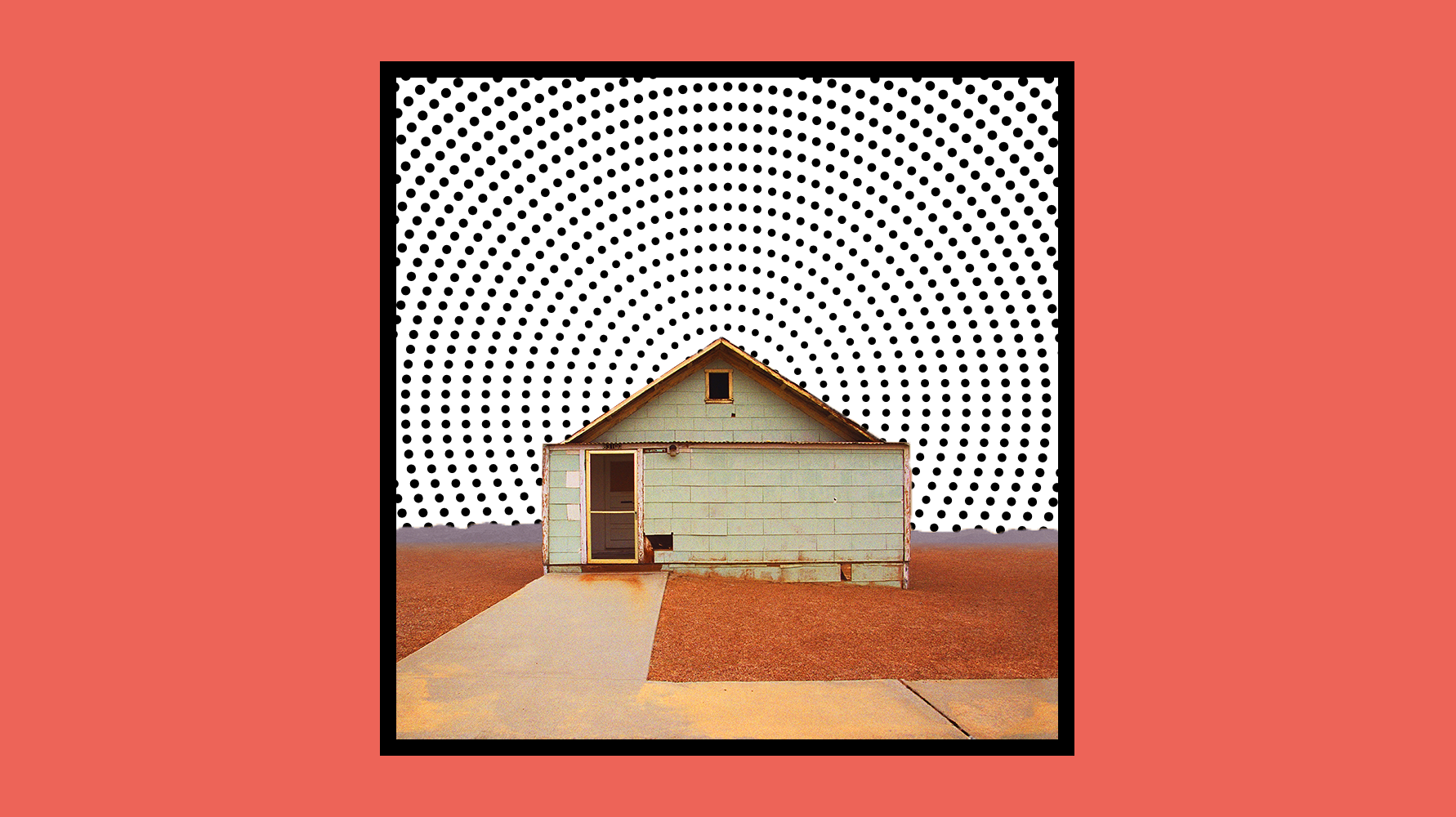
This article was published in partnership with Marie Claire and The Fuller Project.
Across from two of the tall, unnervingly skinny palm trees Los Angeles is known for, there is a light blue bungalow in a row of neat, single-story structures. After a historically dry winter, the city has just seen a bout of rain, which drummed on the brown, sloping roof of the building and turned the front yard a vivid green. Now, in the muddy soil and shade from the still-clouded sky, the home’s youngest new inhabitants set about their task of the day: digging into that wet soil and sprinkling seeds—they’re creating a vegetable garden.
“They call it [the] ‘love and kindness garden,’” Martha Escudero tells me over the phone. In the background, a soft soundtrack of children’s voices pipes up intermittently.
As families across the United States prepare to ride out this medical crisis by self-isolating for weeks, or possibly longer, Escudero, a 42-year-old mother of two, is grateful for a safe space to call home. But the bungalow with the newly green yard isn’t actually theirs—it’s a vacant property, owned by the state of California.
Over the past week, health experts have increasingly called for communities to practice social distancing and self-isolation to curb the spread of the novel coronavirus, or COVID-19. But as reports of the sickness in California began trickling—then flooding—in and counties began calling for residents to “shelter in place,” Escudero and her daughters Victoria, 10, and Meztli, 8, didn’t know what to do. They had no place of their own to stay.
The family of three had been sleeping on couches, spare beds, and, sometimes, even the floor of friend’s or family’s houses for the past 18 months, with all their belongings in bags, since returning to their hometown of Los Angeles. Escudero was worried about her family’s wellbeing.
“It’s a health hazard,” she says. “Not having housing is a health hazard.”
It’s a particularly fraught situation for Escudero, who works as a caregiver two days a week, making an income low enough to qualify her family for state Medicaid coverage. Her patient, an elderly woman, is part of the population most vulnerable to COVID-19, and Escudero is concerned about the prospect of exposing her to additional risk.
Stay In The Know
Get exclusive access to fashion and beauty trends, hot-off-the-press celebrity news, and more.
“I'm not even sure if I'll be able to go,” she says of her next shift. Escudero speaks in a matter-of-fact tone, her sentences short but thoughtful. When discussing her work, she pauses often and her confidence wavers. Her work situation is one of many unknowns she’s facing in the days and weeks ahead, and it’s in part this swirl of uncertainty that led her to the drastic action of taking over a house.
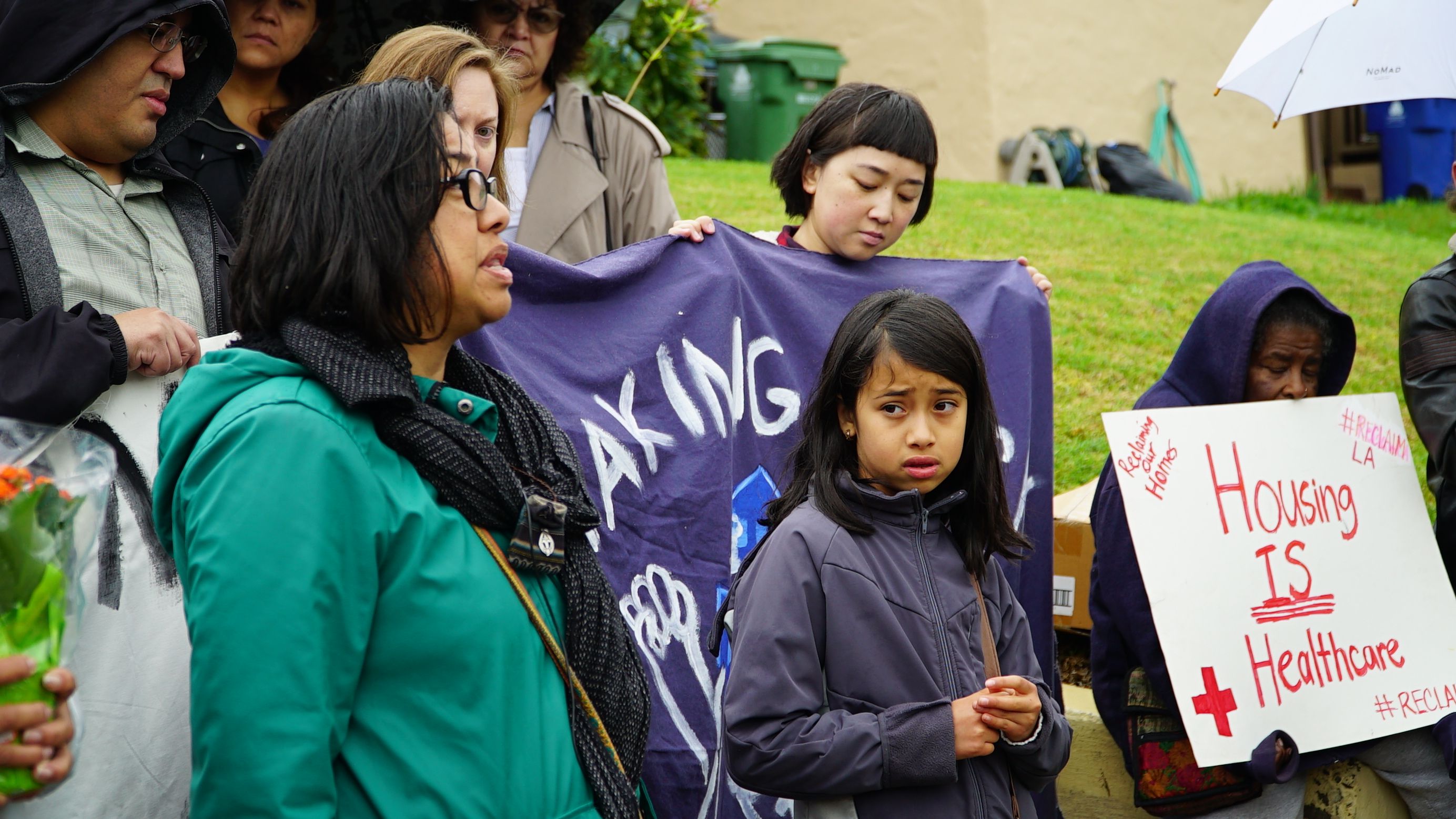
Martha Escudero, 42, with daughter Victoria Escudero, 10, speaks at a rally with local housing and advocacy groups ahead of moving into the vacant home
Born and raised in L.A., Escudero speaks angrily about how she’s watched all of California become “Skid Row,” referring to the pocket of Downtown Los Angeles known for its tent-lined streets, which has maintained a steady homeless population for decades. Her frustrations aren’t unfounded—with more than 100,000 unsheltered people, California is the state with the largest homeless population in the country. That number doesn’t account for those who, like Escudero, have never lived on the streets, but describe themselves as “housing insecure,” with living situations that can change day-to-day.
As the pandemic’s impact in the United States continues to grow, states have struggled to craft policies that meet the needs of homeless and housing insecure people, from finding them safe spaces to sleep or bathe to distributing food. Even in areas that have policies in place, the implementation has been largely lagging behind the rapid reach of COVID-19.
California Governor Gavin Newsom has said repeatedly that the state is prioritizing homeless populations in its COVID-19 response, pushing for policies that would open up additional spaces, like hotels and trailers, to ease the burden on existing shelters. Officials across the state have also been making decisions specific to these populations. Homeless people are exempt from the “shelter in place ordinances” currently being enforced in some Northern California counties. And in Los Angeles, Mayor Eric Garcetti has announced the city will be converting a few dozen recreation centers into additional temporary shelters and placed a moratorium on evictions during the outbreak, though there are questions of how far those protections extend.
“It’s a health hazard. Not having housing is a health hazard.”
“I just want to make it clear that I have been forced to take this step,” says Escudero of her choice to illegally occupy the residence, which she moved into on March 14. “A lot of people say, ‘Why don't you wait, you know, there's laws and regulations and rules to this?’ But the point is that it's not fast enough.”
Earlier this year, a small group of homeless and housing-insecure mothers in Oakland, California, set the template for Escudero’s action. Calling themselves Moms 4 Housing, they moved into a vacant property to protest speculators’ buying up houses but leaving them empty in their rapidly gentrifying neighborhood. Nearly two months into their stay, police showed up early one morning in full riot gear ready to evict them. Some of the women and their supporters were arrested. That response made headlines nationwide, and a few days later, lawmakers, organizers, and property holders negotiated an agreement to allow the women to purchase the house in question through the Oakland Community Land Trust.
Their success motivated Escudero to follow in their footsteps to protect her family.
“I began speaking to friends,” she says. “I was like, ‘We should do this in L.A.’” She reached out to organizations for guidance and support, including the Alliance of Californians for Community Empowerment (ACCE) Action, which had a hand in helping found and negotiate the deal for Moms 4 Housing. Through these groups, Escudero met her new temporary housemates: Ruby Gordillo and her family and Benito Flores.
Gordillo, 33, is a mother of three children, two girls and one boy, all under the age of 15. While her husband works at a community store (and, facing potential exposure, is staying away from his wife and kids for now), she takes care of her special-needs children.
“We’ve been having a very difficult housing situation for some time,” Gordillo says, describing their previous living conditions as a “very confined space, one small room for living-and-bedroom-and-everything space.”
Flores, 64, says he’s been consistently making “a little more, a little less” than minimum wage for the past 34 years, while he’s watched rents in the city rise. In 2005, he found himself priced out of a place to stay, and he’s been living in his van ever since.
Together, the trio calls themselves “Reclaiming Our Homes,” referring to each other as the “Reclaimers.” For each, the motivations behind the move differ slightly, but their goals are generally the same: to find a space where they could feel safe and protected during the virus outbreak, while gaining attention for the struggles thousands of other Angelenos are experiencing. Housing is a human right, they insist.
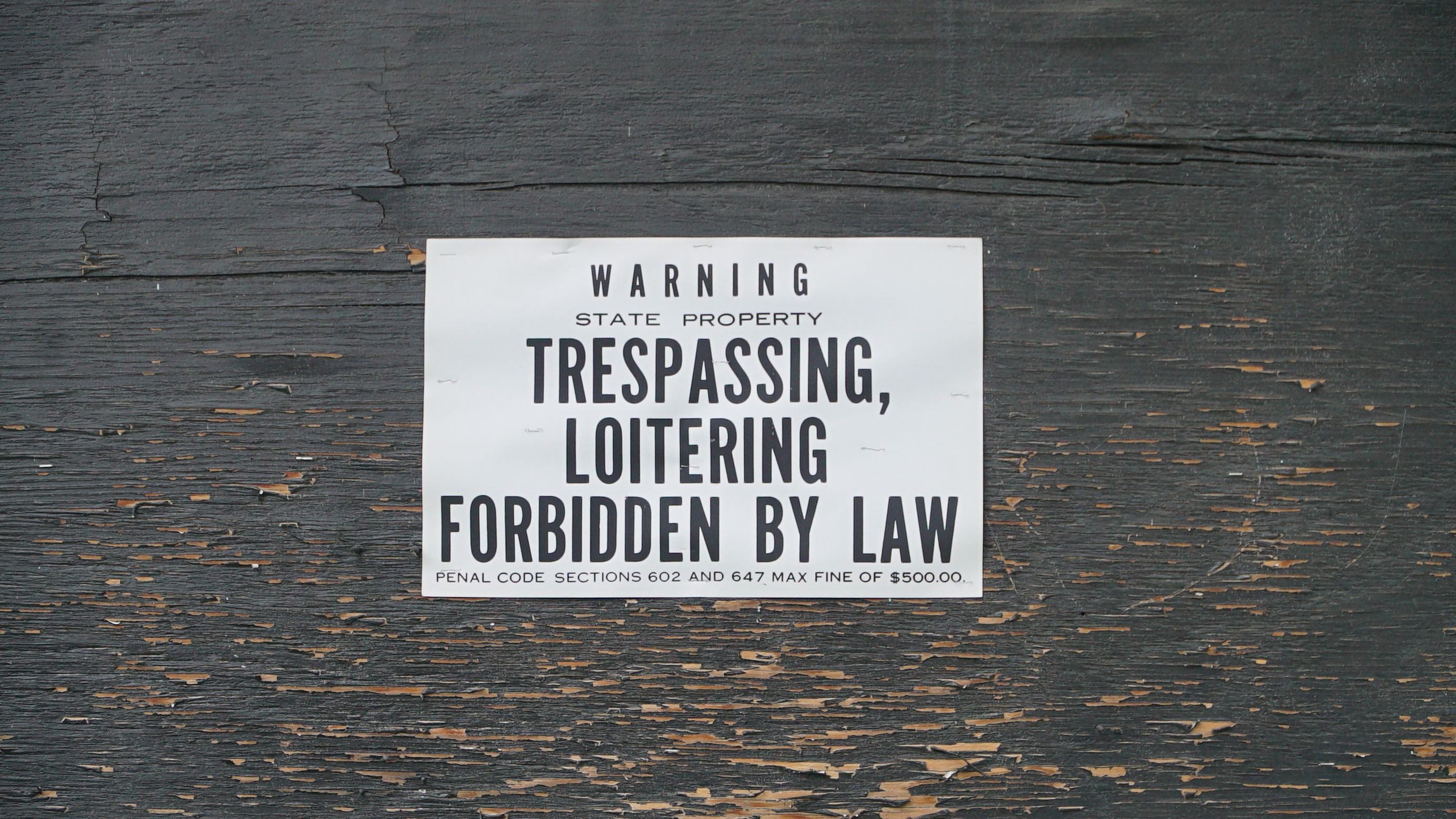
A warning sign on a vacant home on the same block as the one the families are occupying
“I am not a squatter,” Escudero said on move-in day, speaking in front of a small crowd of activists and supporters assembled in the driveway. “My family is not a squatter. Ruby's not a squatter.”
To her right, Gordillo voiced her agreement. To her left, Escudero’s older daughter, Victoria, stared up at her with a furrowed brow. Escudero continued. “We are here getting what was owed to us. We’re paying for these homes, we’ve been paying for these homes; they’re state owned, and they’re empty, so we're not doing anything wrong.”
Escudero is referring to the taxes each has paid to the state, which is responsible for the property. Their blue bungalow is one of more than 100 vacant properties owned by the California Department of Transportation, or CalTrans. According to a Pasadena Star-News investigation last year, the department had purchased 460 properties decades ago in the residential East LA neighborhoods of El Sereno, South Pasadena, and Pasadena for a planned freeway extension. That plan never came to fruition, and many of the houses have remained empty for years.
A short walk down the block from where Escudero is living reveals multiple single-story houses with boarded-up windows. Some are wrapped with yellow caution tape; others bear stapled-on warning signs: “Trespassing, loitering forbidden by law,” they read in bold letters above the threat of a $500 fine.
We know people that are in shelters, and that is a dirty place to be in, especially with this pandemic.
Still, the Reclaimers are encouraging others to follow their lead, and they know of at least one additional woman who has taken up residence in a vacant house. Escudero believes this risk is worth it compared to the other options currently available, such as staying in shelters.
“We know people that are in shelters, and that is a dirty place to be in, especially with this pandemic, where they're housed 14 or more in a confined space,” she says. “They have nowhere to quarantine, to self-quarantine, and keep everyone in the public safe.”
Mayor Garcetti has acknowledged the Reclaimers, saying in a press conference that his office has reached out to CalTrans to look into making “that house, and many other houses” into affordable housing. A group of assembly members has also tacitly endorsed the group, urging the governor in a letter to make vacant CalTrans properties available for occupancy during the outbreak. Governor Newsom has not yet responded.
Escudero sees it as a question of values, saying it is “immoral” for these houses to sit empty with so many out on the streets during a public health crisis.
“If the government's not doing their job and finding solutions fast enough,” Escudero says, “then we need to take the steps and sometimes break their laws.”
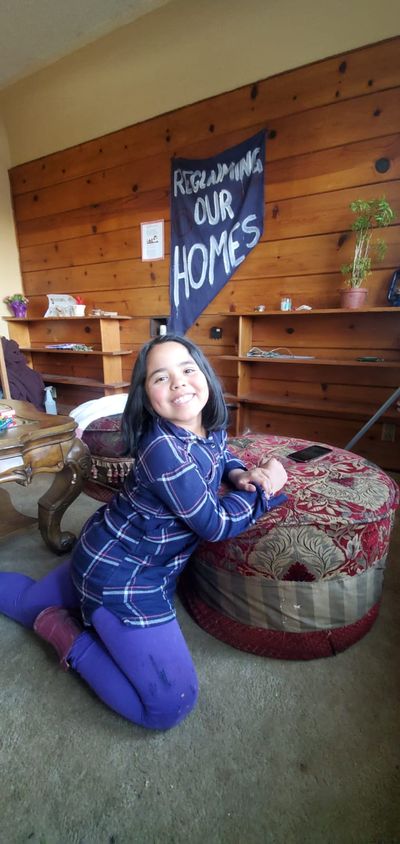
Escudero’s daughter Meztli, 8, inside the home they took over on March 14.
Their move-in day, she admits, was “scary” for her, and, on the quiet street, it caused some concern for their neighbors. It brought news vans, police attention, and a crowd at a time when health officials warn against gathering in groups. Escudero says she’s since made a point of introducing herself and sometimes bringing flowers to people on the block. Now, she feels, most are “extremely supportive.”
The Reclaimers have also taken additional measures to limit the flow of people in the bungalow, deciding on March 18 to separate. Flores and the Gordillo family are each moving into different vacant houses in the area, while the Escuderos are staying put, as long as they can.
So far, the occupying group has not heard from CalTrans and the department did not immediately respond to Marie Claire’s request for comment.
Escudero doesn’t know how long they’ll be able to stay in the house before the state steps in. She doesn’t know if she’ll be able to return to work. She doesn’t know if her move into the house will effect change, like the Moms 4 Housing movement did, or if she’ll be arrested, like some of that group’s members. And she doesn’t know how long they’ll need to self-isolate, as the coronavirus threat looms large across the country.
Behind her, the children’s voices grow louder. For now, Escudero’s focus is on maintaining the health of her family, and, like many parents at this moment, trying to keep her daughters busy. She already homeschools Victoria and Meztli, so spending that time together hasn’t changed. The burgeoning garden has proved to be a welcome distraction—“They're the happiest I've seen them in a long time,” she says.
For now, the mother and her two daughters are settling into life in their blue bungalow. And feeling settled is a luxury they haven’t had for a while.
Colleen Hagerty is a California-based contributing reporter with The Fuller Project, a nonprofit journalism organization that reports on global issues impacting women. Follow Colleen on Twitter @colleenhagerty.
For more stories like this, including celebrity news, beauty and fashion advice, savvy political commentary, and fascinating features, sign up for the Marie Claire newsletter.
RELATED STORIES
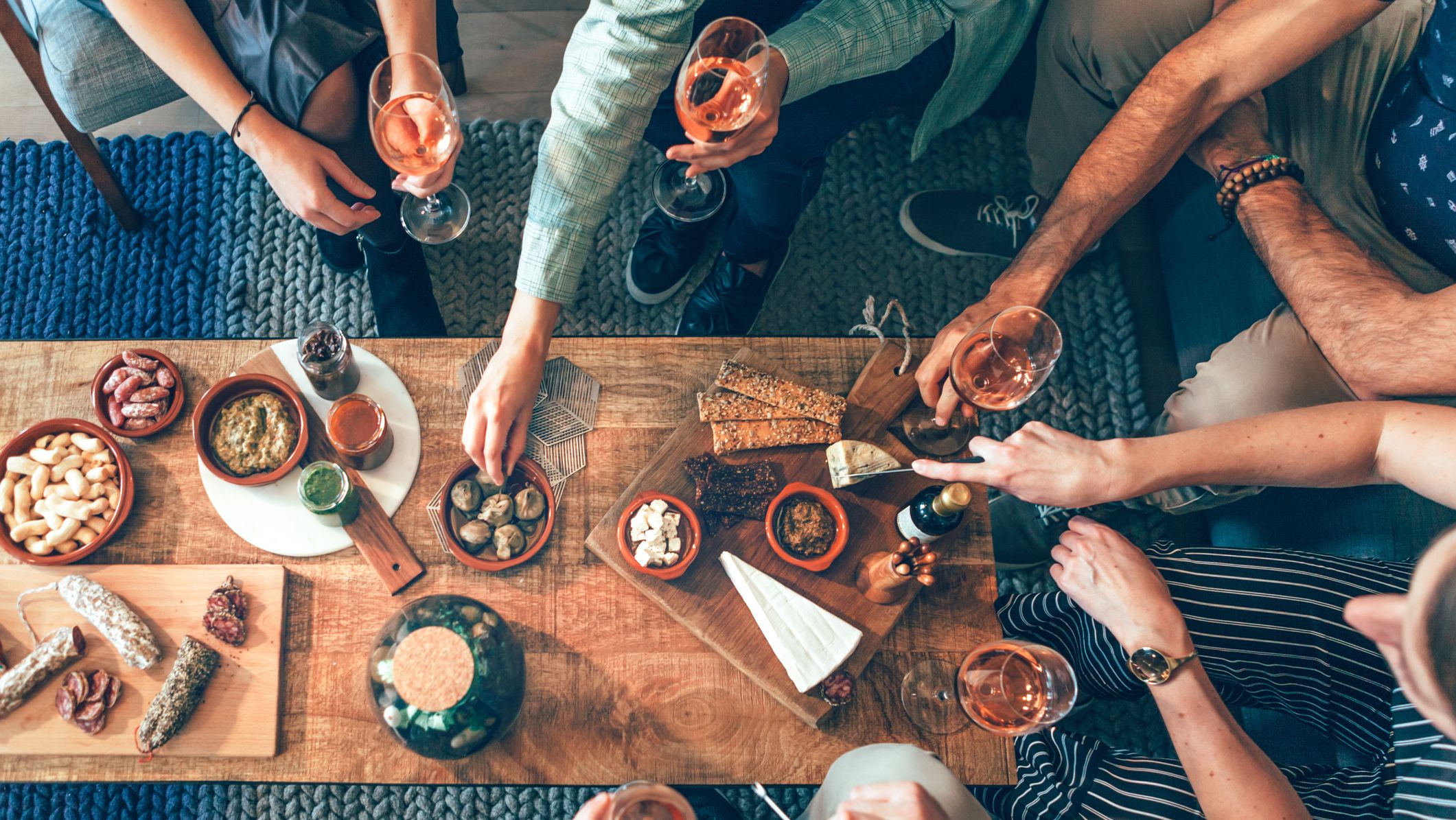

-
 Taylor Townsend Sea Mosses Her Way to Better Wellness
Taylor Townsend Sea Mosses Her Way to Better WellnessThe tennis star serves up self-care between sets.
By Siena Gagliano
-
 What to Know About the Cast of 'Resident Playbook,' Which Is Sure to Be Your Next Medical Drama Obsession
What to Know About the Cast of 'Resident Playbook,' Which Is Sure to Be Your Next Medical Drama ObsessionThe spinoff of the hit K-drama 'Hospital Playlist' features several young actors as first-year OB-GYN residents.
By Quinci LeGardye
-
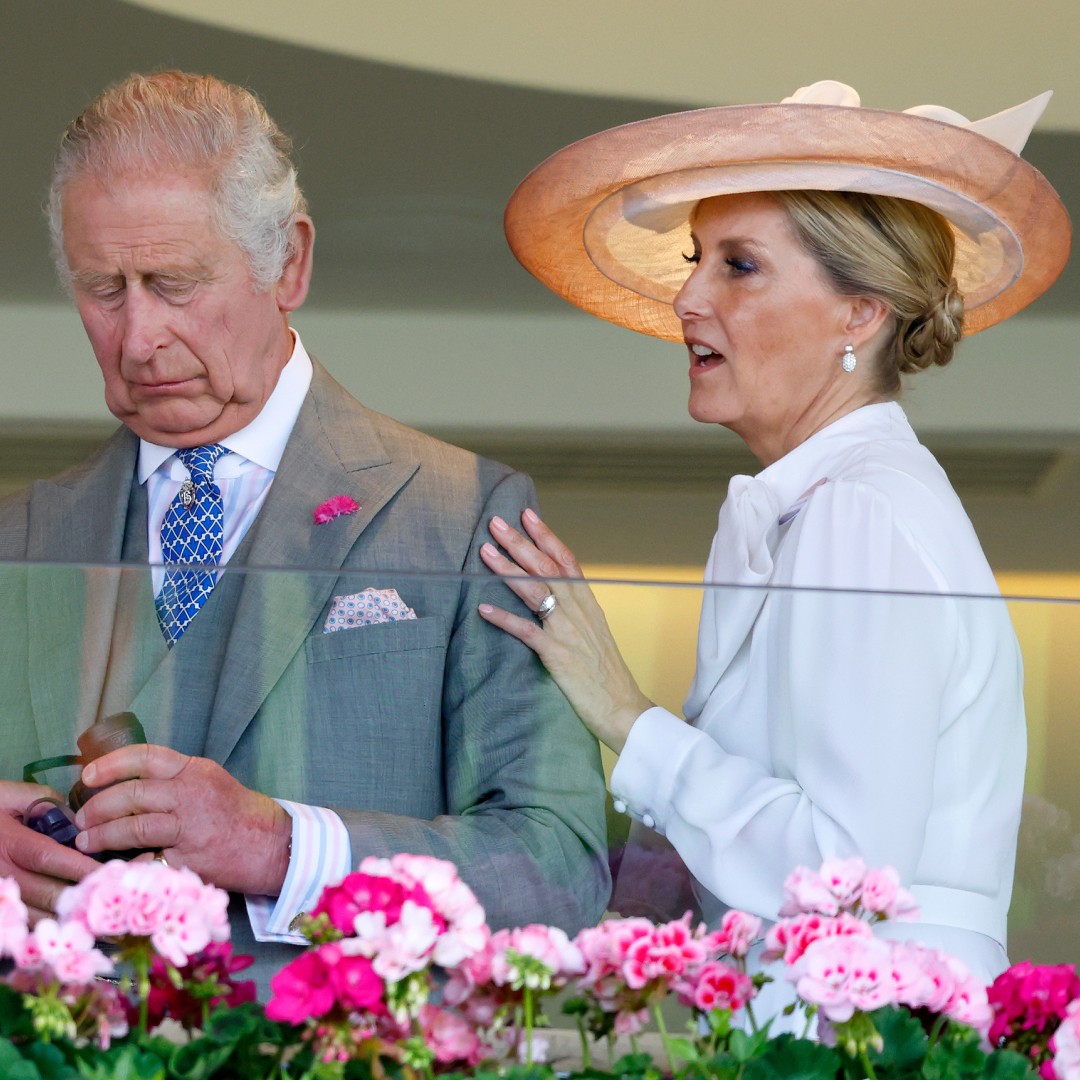 Duchess Sophie Stepped Up to Represent King Charles at Event Amid Calls for King Charles to "Slow Down"
Duchess Sophie Stepped Up to Represent King Charles at Event Amid Calls for King Charles to "Slow Down"The Duchess of Edinburgh filled in for The King at the Royal Military Academy Sandhurst.
By Kristin Contino
-
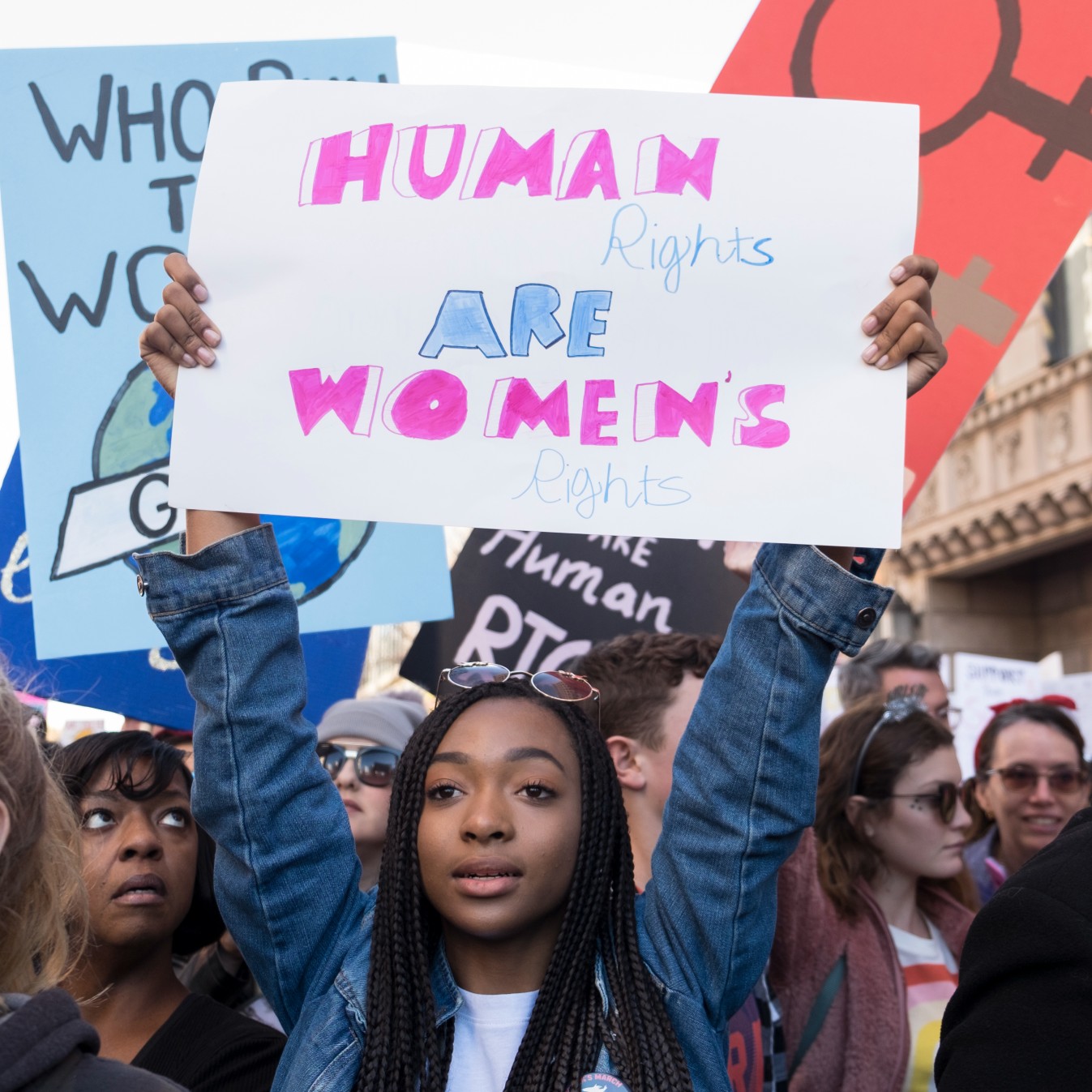 36 Ways Women Still Aren't Equal to Men
36 Ways Women Still Aren't Equal to MenFeatures It's just one of the many ways women still aren't equal to men.
By Brooke Knappenberger
-
 How New York's First Female Governor Plans to Fight for Women If Reelected
How New York's First Female Governor Plans to Fight for Women If ReelectedKathy Hochul twice came to power because men resigned amid sexual harassment scandals. Here, how she's leading differently.
By Emily Tisch Sussman
-
 Why the 2022 Midterm Elections Are So Critical
Why the 2022 Midterm Elections Are So CriticalAs we blaze through a highly charged midterm election season, Swing Left Executive Director Yasmin Radjy highlights rising stars who are fighting for women’s rights.
By Tanya Benedicto Klich
-
 Tammy Duckworth: 'I’m Mad as Hell' About the Lack of Federal Action on Gun Safety
Tammy Duckworth: 'I’m Mad as Hell' About the Lack of Federal Action on Gun SafetyThe Illinois Senator won't let the memory of the Highland Park shooting just fade away.
By Sen. Tammy Duckworth
-
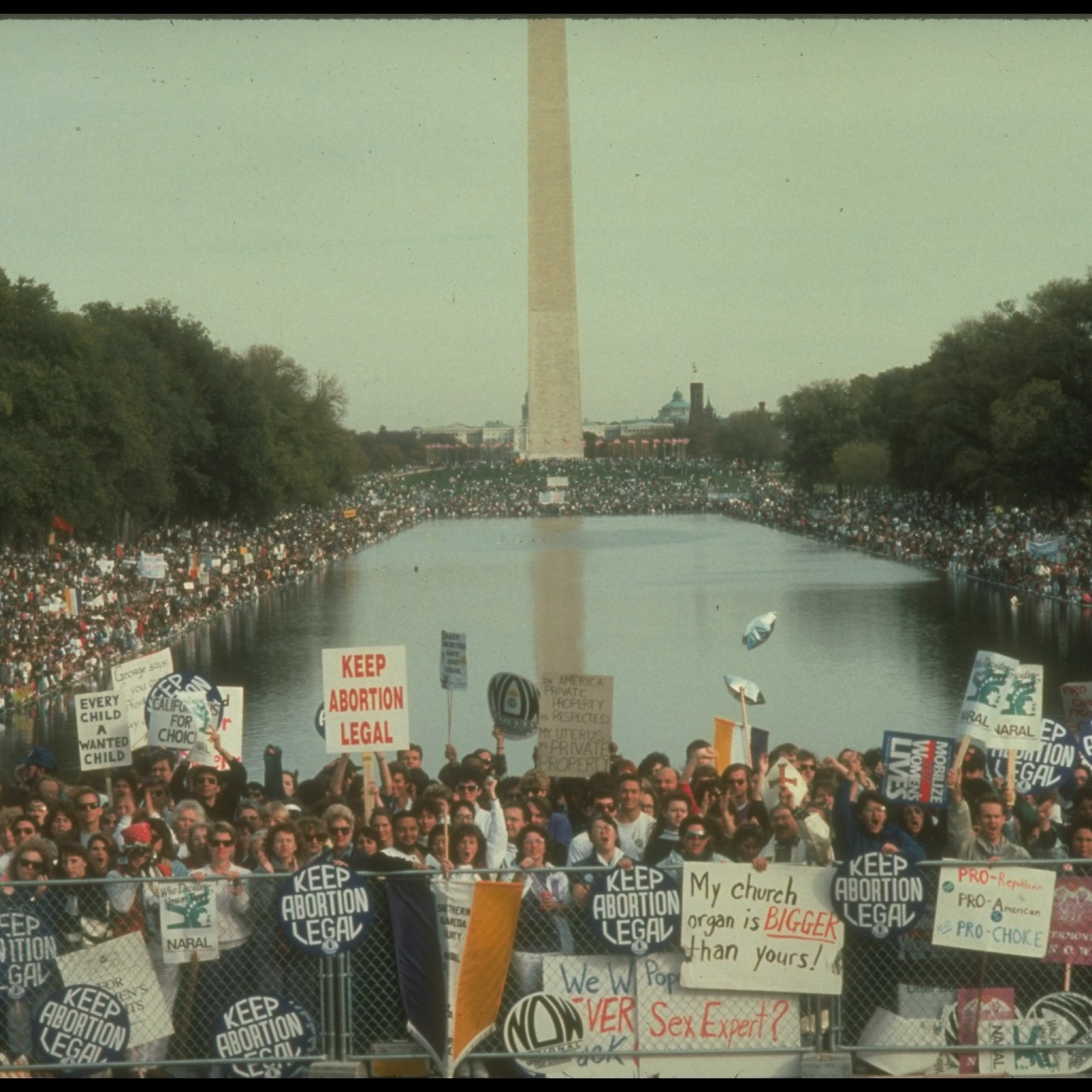 Roe Is Gone. We Have to Keep Fighting.
Roe Is Gone. We Have to Keep Fighting.How To Democracy always offers a path forward even when we feel thrust into the past.
By Beth Silvers and Sarah Stewart Holland, hosts of Pantsuit Politics Podcast
-
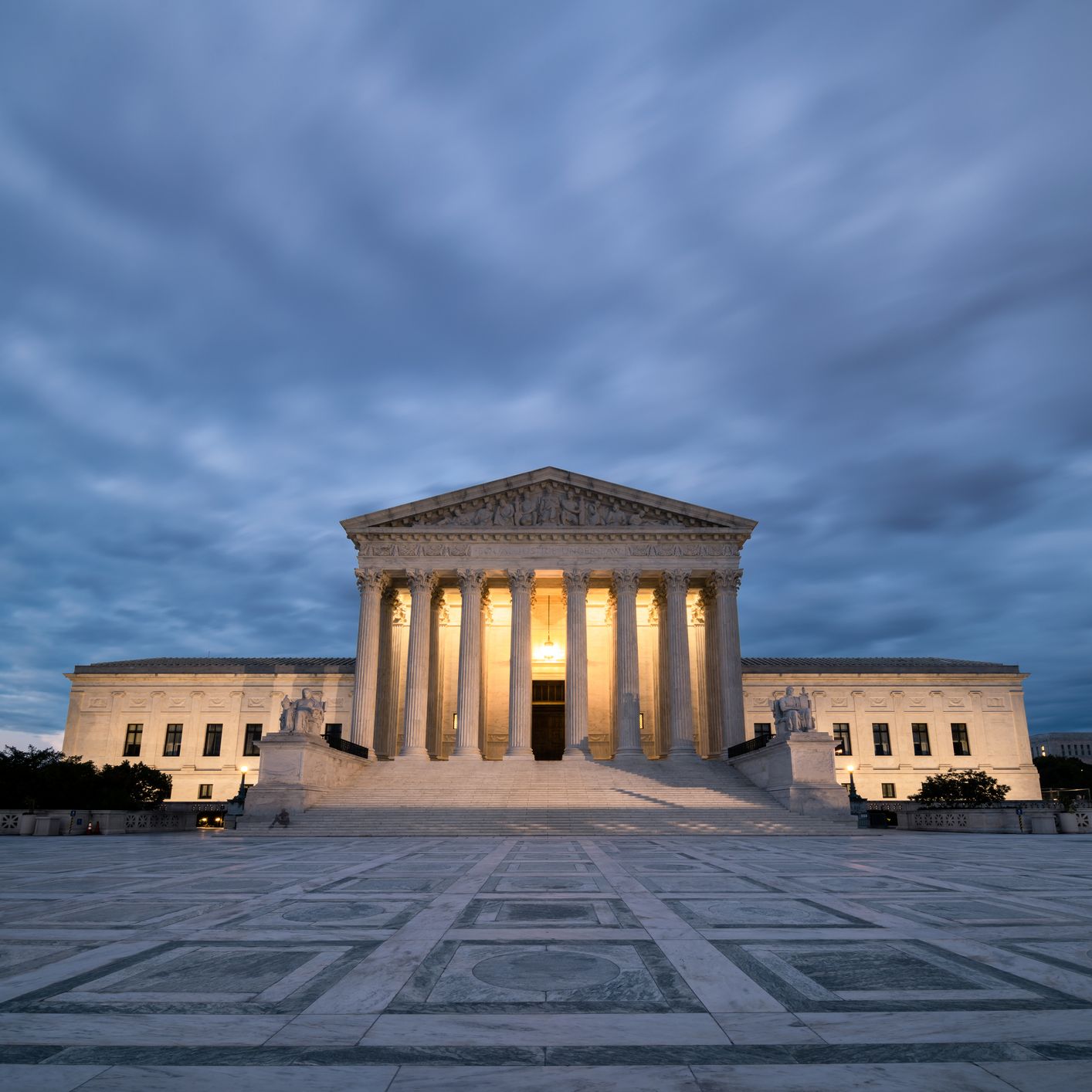 The Supreme Court's Mississippi Abortion Rights Case: What to Know
The Supreme Court's Mississippi Abortion Rights Case: What to KnowThe case could threaten Roe v. Wade.
By Megan DiTrolio
-
 Sex Trafficking Victims Are Being Punished. A New Law Could Change That.
Sex Trafficking Victims Are Being Punished. A New Law Could Change That.Victims of sexual abuse are quietly criminalized. Sara's Law protects kids that fight back.
By Dr. Devin J. Buckley and Erin Regan
-
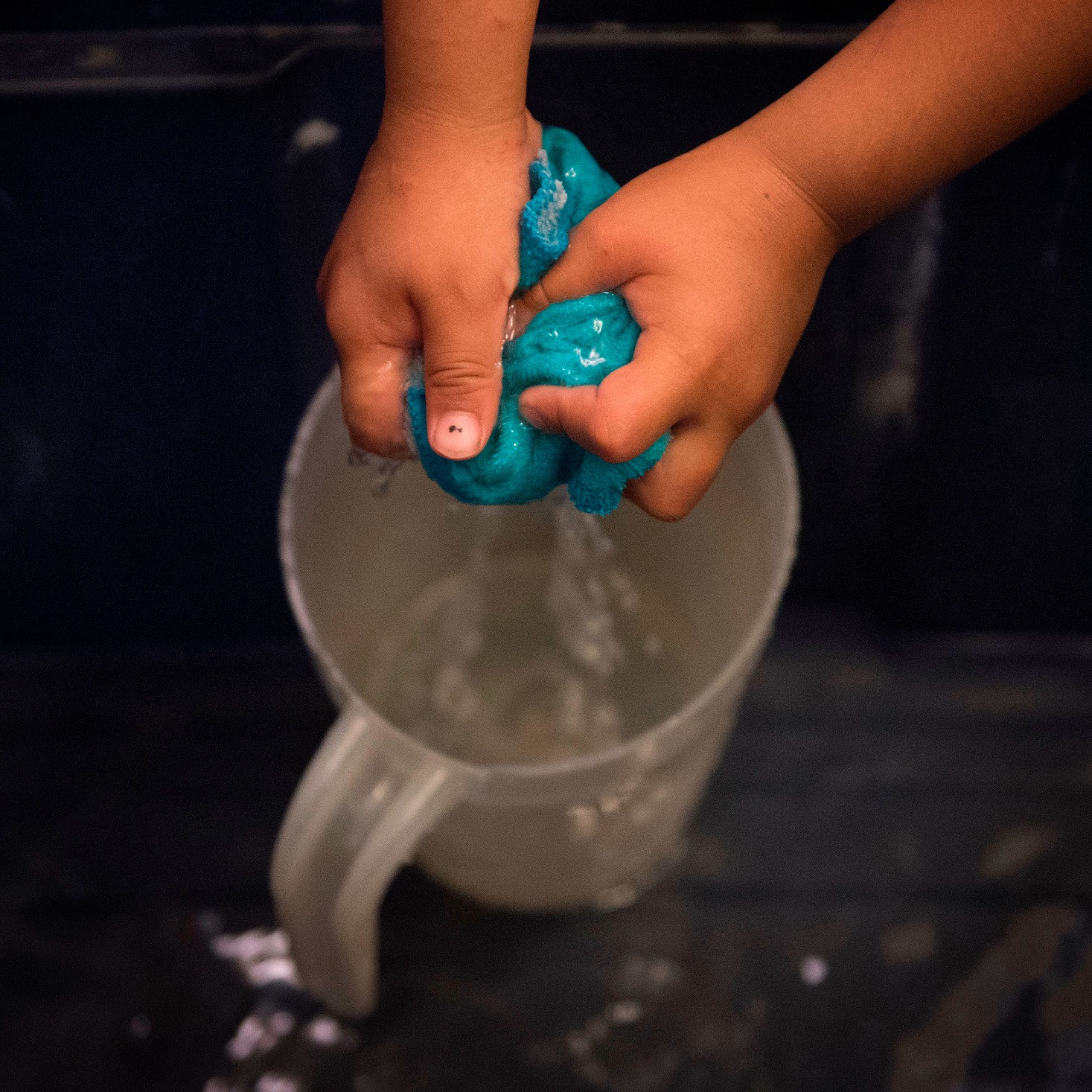 My Family and I Live in Navajo Nation. We Don't Have Access to Clean Running Water
My Family and I Live in Navajo Nation. We Don't Have Access to Clean Running Water"They say that the United States is one of the wealthiest countries in the world. Why are citizens still living with no access to clean water?"
By Amanda L. As Told To Rachel Epstein